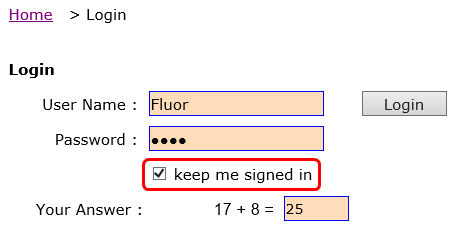
This component wraps the underlying routing library Link component. In almost all of my projects, I use my own component named Link. When clicked, it changes the URL without a full page redirect, and then the routing handles loading and displaying the new page. Every routing library has a similar component it is used instead of the tag. My first technique is wrapping the Link component. I use Next as an example, but they can be applied to pretty much all routing libraries: In this article, I’m going to explain two of my techniques for isolating routing in your application. Because of this, I got into the habit of isolating routing from the rest of my application. Often, I had to switch libraries or update react-router, which at every major version is like a new library. However, over the years, I have used various routing libraries - a couple versions of react-router, found, Navi, and now Next. One of those goodies is that it handles routing for you. I kinda see it as Ruby on Rails for React applications. Next.js is an excellent tool for building web applications with React. Trying to blog more at 🤖 Dealing with links in Next.js You also have to understand the context of how you’re both using and presenting the path to the location where you want the user to go.Radoslav Stankov Follow Software developer. So yes, once you start talking about how a link should behave, the technicalities become relevant, and it’s no longer enough to just talk about providing URL or a link.

Visually the highlighted text above appears as a clickable link.Like this text that leads to TechStacker’s front page. Usually, when you see a link on a website, you see it as a highlighted part of a sentence. To make the URL above an interactive, clickable link, we need to combine it with another element, and that’s what HTML is for.

Technically, however, the URL is just one part of what makes up a link. From a non-technical perspective, it’s not wrong.

In normal-speak the above is commonly referred to as a link. Https://typography-italic-vs-boldītw, URL stands for Universal Resource Locator. Let’s use a URL to one of my typography tutorials as an example: The technical structure of a URLĪ URL typically consists of the following elements, a protocol, a domain name, a top-level domain, and a slug. There is however a difference between URLs and links when you start to break it down technically. If it’s clickable and has a URL behind the surface, it’s a link.īoth techies and non-techies use the terms link and URL interchangeably, much in the same way that people refer to typefaces and fonts as the same thing (even though they’re not, technically.). Visually, a link could be represented by a text element, an image, a button, or other UI elements - which are all defined by HTML code (more about that later). Like if you’re sharing a great article with one of your buddies.įrom a high (non-technical) level, a link refers to a clickable user interface that will take you to a specific location. The difference between a link and a URL doesn’t matter if you’re just having a casual conversation about getting a direct path to some content on a web page. What’s the difference between a link and a URL, and does it matter?


 0 kommentar(er)
0 kommentar(er)
